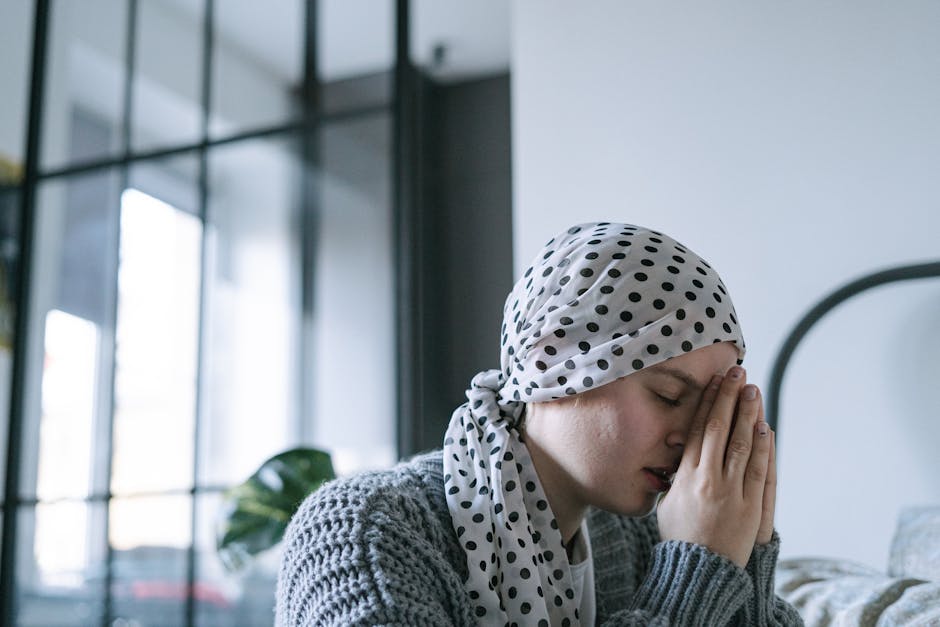Breakthrough Cancer Treatment: LED Light & Tiny Tin Flakes Destroy Tumors Without Harming Healthy Cells
In a revolutionary leap for oncology, scientists have developed a precision cancer treatment using LED light and microscopic tin flakes to obliterate 92% of skin cancer cells and 50% of colorectal cancer cells in just 30 minutes—all while sparing healthy cells and avoiding chemotherapy’s harsh side effects.
How It Works: Light-Activated Tin Flakes Target Cancer
The therapy, a refined form of photodynamic therapy (PDT), uses tin monosulfide (SnS) flakes, a non-toxic material that reacts to LED light. When applied to tumors and exposed to light, the flakes generate reactive oxygen species (ROS)—deadly to cancer cells but harmless to healthy tissue.
Key advantages over chemotherapy:
✅ Precision: Attacks only cancer cells, avoiding hair loss, nausea, and immune damage.
✅ Speed: Works in 30 minutes in lab tests.
✅ Low-cost potential: Uses affordable LED technology.
“The flakes act like ‘light switches’ for killing cancer,” says lead researcher Dr. Priya Sharma.
Lab Results: 92% Skin Cancer Cell Death, Zero Harm to Healthy Cells
Early trials showed staggering success:
– 92% of melanoma cells destroyed in 30 mins.
– 50% of colorectal cancer cells eliminated in same time.
– No damage to healthy human skin cells.
Published in a peer-reviewed journal, these results could transform treatment for melanoma and gastrointestinal cancers.
Why This Matters for India’s Cancer Crisis
With 1.4 million new cancer cases annually (WHO 2022), India faces soaring costs and limited rural access to chemo. This method offers:
✔ Affordability (LEDs are cheap and portable).
✔ Fewer side effects, improving quality of life.
✔ Outpatient potential, cutting hospital stays.
“If human trials succeed, this could be India’s biggest cancer breakthrough,” says AIIMS oncologist Dr. Rajesh Verma.
Next Steps: Human Trials & Scalability
While promising, the therapy is in pre-clinical stages. Next phases include:
🔬 Human trials (5–7 years to potential approval).
⚙ Delivery optimization (e.g., injections or creams).
🌍 Mass production for global use.
The Future of Cancer Treatment?
For patients dreading chemo, this light-powered therapy could mark a turning point. “We’re not just treating cancer—we’re redefining it,” says Dr. Sharma.




